Ryan Arndt
A Primer on Blockchain and Hedera: An Intro Through Terms
#1about 2 minutes
Understanding the barriers created by Web3 jargon
Web3 terminology can be confusing and create barriers to entry, so it's important to start with the basics to feel safe while learning.
#2about 2 minutes
Defining transactions and distributed ledger technology
Distributed ledger technologies are built on transactions, which are defined by their speed (TPS), finality, and immutability on the network.
#3about 2 minutes
Tracing the evolution of the web to Web3
The web has evolved from a static, read-only medium (Web1) to a user-generated platform (Web2) and now to a decentralized, user-owned internet (Web3).
#4about 4 minutes
Exploring Hedera's unique approach as a DLT
Hedera is a public permissioned DLT that is moving towards being permissionless, featuring the energy-efficient HBAR token and a carbon-negative network.
#5about 3 minutes
Explaining white papers and network layers
Networks are defined by a white paper and structured into layers, with Layer 1 providing base security and Layer 2 solutions offering scalability.
#6about 3 minutes
Comparing different network consensus mechanisms
Networks achieve agreement through consensus mechanisms like proof of work or proof of stake, while Hedera uses the efficient hashgraph algorithm.
#7about 1 minute
Understanding data structures and network integrity
Blockchains use Merkle trees to structure data immutably, and while some networks can fork due to disagreements, Hedera is designed to prevent this.
#8about 1 minute
Exploring tokens, fungibility, and decentralized finance
Tokens enable microtransactions and gated content, with fungible tokens being interchangeable, forming the basis for decentralized finance (DeFi) applications.
#9about 2 minutes
Understanding testnets and cryptographic security
Developers use testnets for safe experimentation before deploying to a mainnet, securing assets with public/private keys and specific cryptographic algorithms.
#10about 2 minutes
Achieving interoperability with the EVM
Interoperability allows data and assets to move between networks, with Hedera's EVM compatibility enabling developers to port Ethereum-based applications.
#11about 4 minutes
Using smart contracts and developer tools on Hedera
Developers can use wallets to interact with the network and build with Solidity smart contracts or use Hedera's SDKs with familiar tools like Truffle and Hardhat.
#12about 1 minute
Anyone can become a Web3 developer
A Web3 developer is simply someone who uses Web3 tools, and since the ecosystem is open source, anyone can get started and try it out.
Related jobs
Jobs that call for the skills explored in this talk.
Matching moments
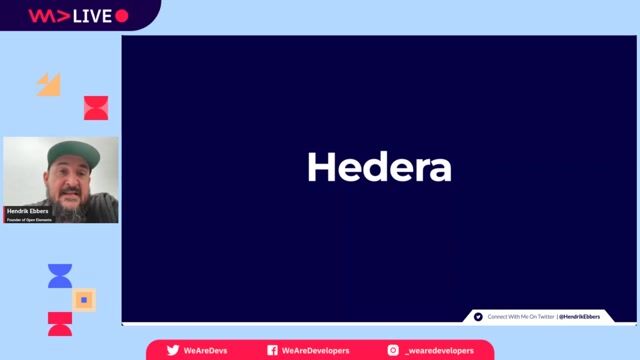
34:48 MIN
Exploring Hedera as a third-generation enterprise ledger
Blockchain, NFT and smart contracts for my application
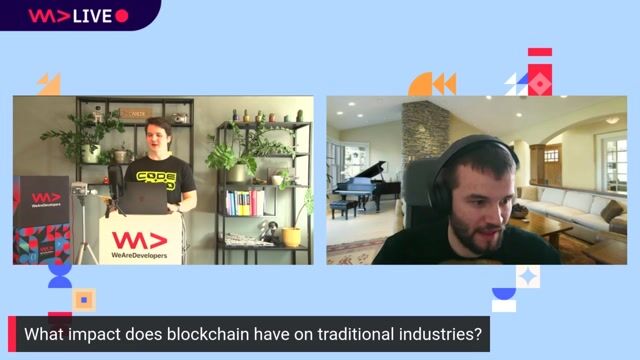
33:49 MIN
Q&A on blockchain's impact and fundamental concepts
Why chain abstraction is the best way to build successful web3 solutions for users
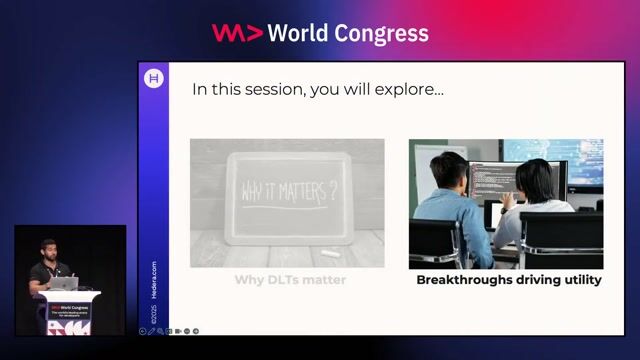
07:06 MIN
Understanding consensus algorithms and data structures
Demystifying Crypto & Web3: A Technical Journey Through 15 Years of Innovation
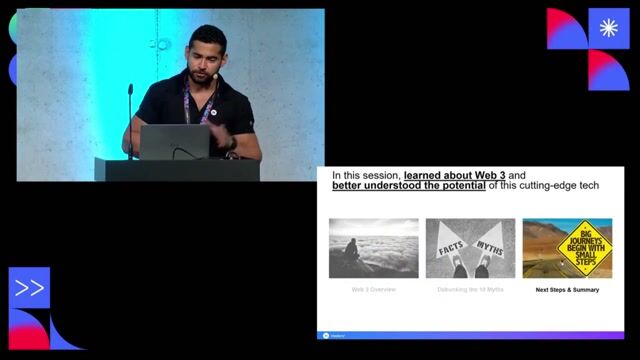
29:12 MIN
Summary and how to get started with Web3
Debunking the Top 10 Myths about Web 3

01:27 MIN
Understanding the core features of blockchain technology
Smart Contract fundamentals - My first DApp
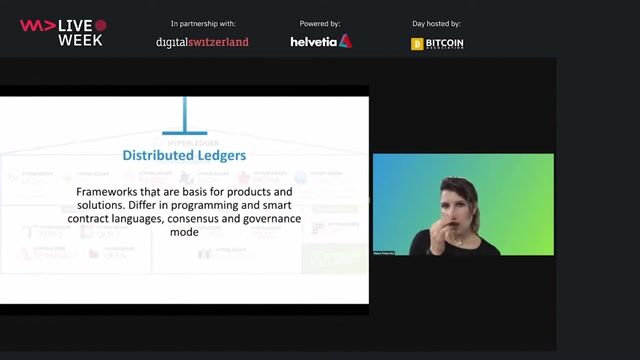
29:44 MIN
A technical overview of Hyperledger frameworks
Leveraging Blockchain Technology for Business
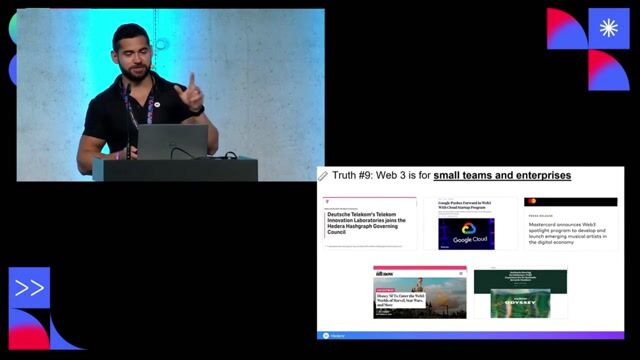
13:22 MIN
Addressing the scalability challenges in Web3
Debunking the Top 10 Myths about Web 3
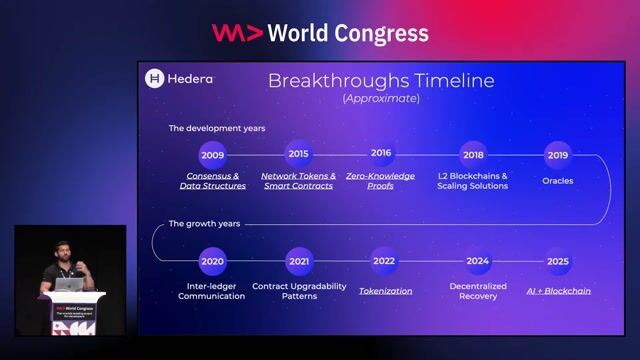
25:54 MIN
Exploring real-world applications of distributed ledgers
Demystifying Crypto & Web3: A Technical Journey Through 15 Years of Innovation
Featured Partners
Related Videos
 57:38
57:38Blockchain, NFT and smart contracts for my application
Hendrik Ebbers
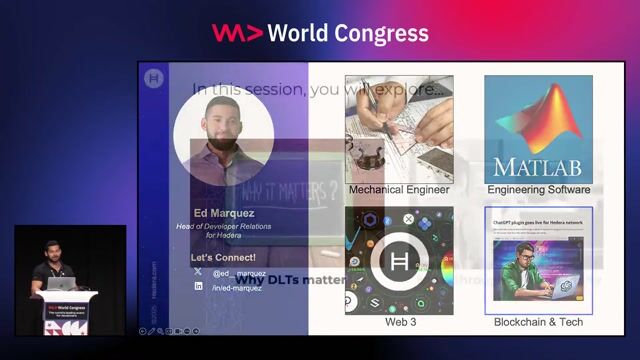 28:50
28:50Demystifying Crypto & Web3: A Technical Journey Through 15 Years of Innovation
Ed Marquez
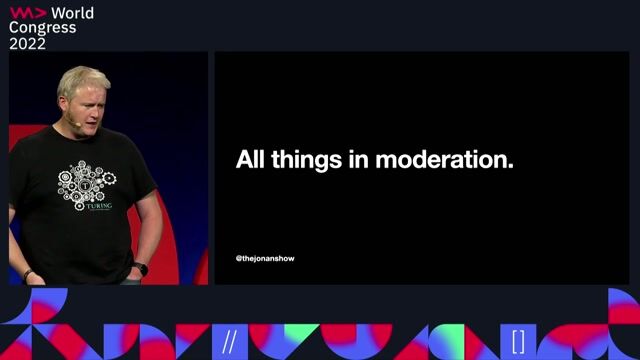 28:57
28:57Blockchains are Dumb
Jonan Scheffler
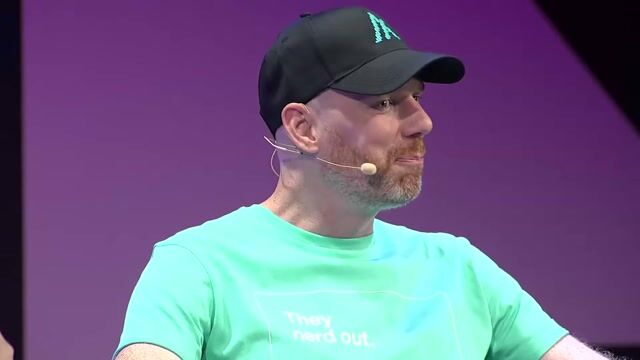 26:13
26:13Why You Should Care About the Decentralized Computing Movement
John Woods
 20:20
20:20How to Build for Decentralized Systems
Alessandro Cappellato Ferrari
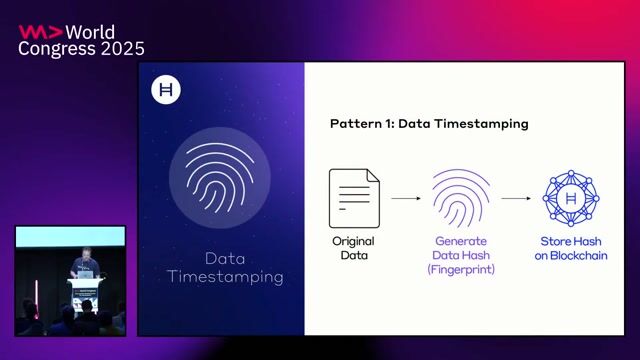 25:42
25:42Pragmatic Blockchain Design Patterns: Integrating Blockchain into Business Processes
Michiel Mulders
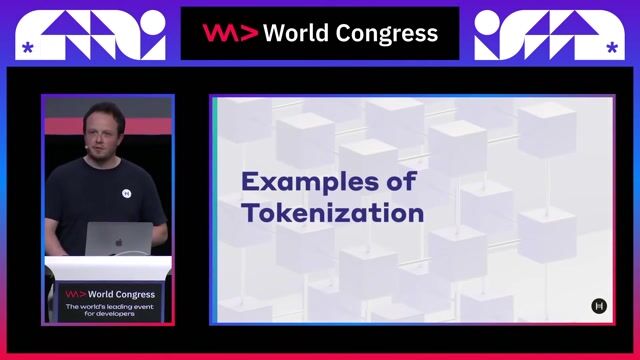 16:50
16:50Tokenization of Everything: Where the Real World Meets Blockchain
Michiel Mulders
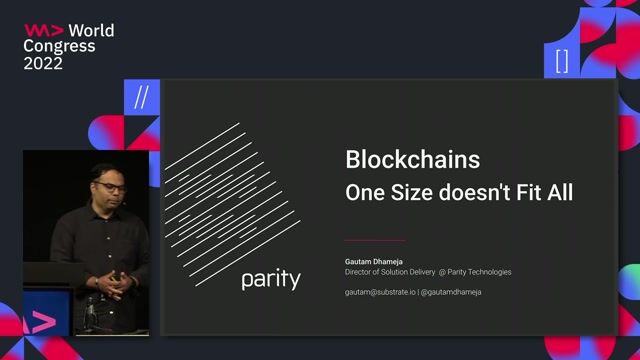 20:06
20:06Blockchains: One Size doesn't Fit All
Gautam Dhameja
From learning to earning
Jobs that call for the skills explored in this talk.







Security Engineer- Smart Contract Auditor (Crypto / Blockchain)
Caiz
Remote
Intermediate
Ethereum
Solidity
Blockchain

